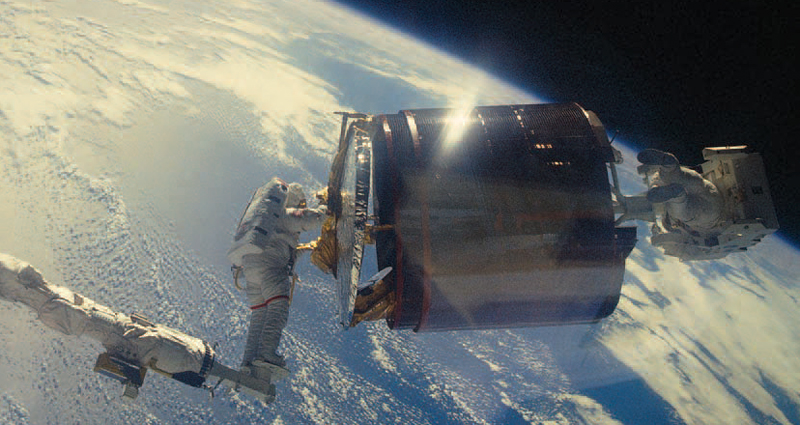By: Kurt Kleiner
1 Apr, 2014

In 1985 the U.S. announced that it would build a space station and that it wanted international partners. CIFAR founder and then-President Fraser Mustard saw an opportunity for Canada, and put together a committee chaired by retired University of Toronto President Jim Ham to look at the question and make recommendations.
The committee concluded that Canada should take the lead in creating an automated service centre for the ISS, one that used robots to test, service and repair satellites and other spacecraft. Mustard himself was deeply interested in robotics – in fact, CIFAR’s first program was in Artificial Intelligence & Robotics in Society.
The recommendation especially made sense because the Canadian company SPAR Aerospace had built the first Canadarm that flew aboard the US space shuttles. Creating a robotic service centre for the space station would give Canada an opportunity to leverage this technological lead.
Mustard and Ham made the case in December of 1985 to the House of Commons Standing Committee on External Affairs and Defence. They also pressed the case that Canada should consolidate all of its space-based efforts into one agency.
A year later the government announced the formation of the Canadian Space Agency. And in April 2001 Canadarm2 was carried into orbit by the space shuttle and deployed by the first Canadarm, with help from astronaut Chris Hadfield, who became the first Canadian to walk in space.
The Canadarm2 was used to build the space station, and now forms part of a suite of systems owned and operated by the Canadian Space Agency on the station. These include the Mobile Base System moveable work station and the Dextre maintenance robot.